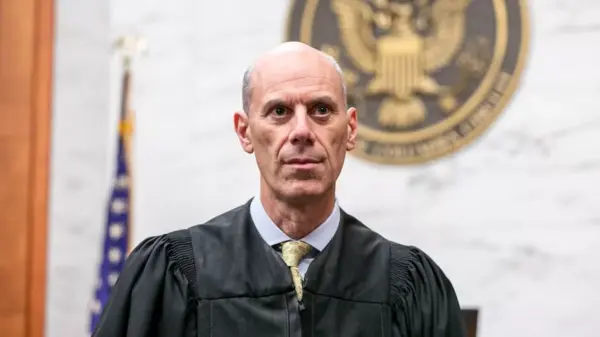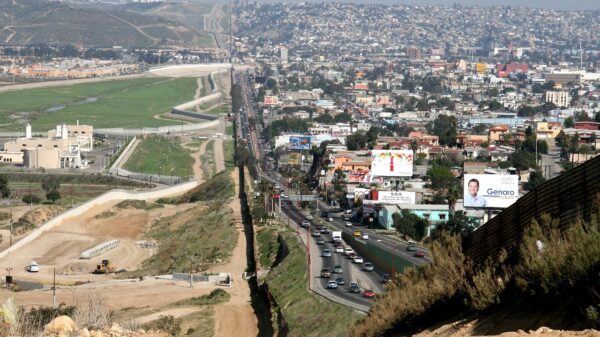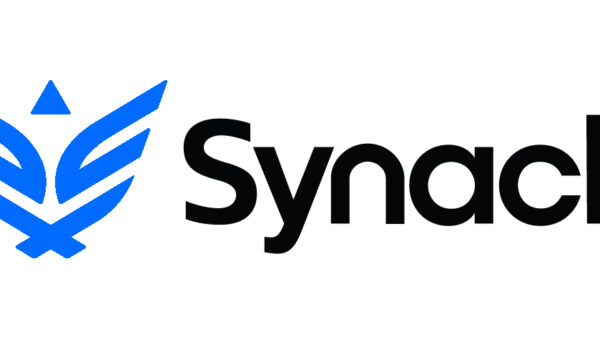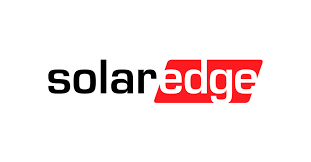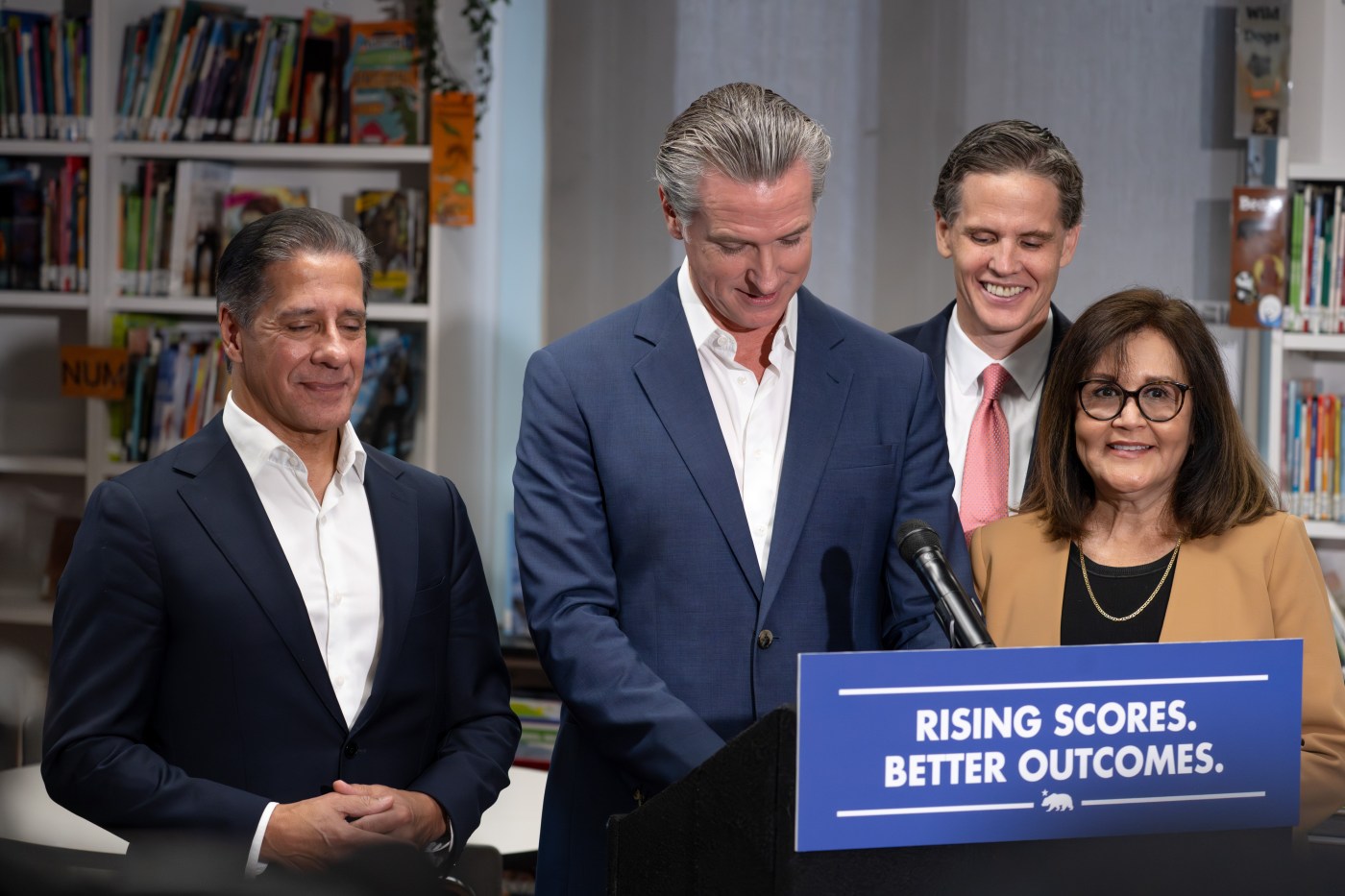The latest test results from the California Department of Education reveal a troubling trend in the state’s education system. This year, more than half of all students tested failed to meet basic standards in English, with nearly two-thirds falling short in math and science. These figures highlight a persistent pattern of underachievement that has raised concerns among parents, educators, and policymakers alike.
Despite a modest increase of approximately 1.5% to 2% in scores, many believe this improvement is insufficient to address the ongoing challenges faced by students. Critics argue that the increase should not be seen as progress, especially when scores remain below pre-pandemic levels. This sentiment has echoed throughout California, particularly among parents who feel disconnected from their children’s education and lack transparency regarding what is being taught.
Teachers have expressed their frustrations as well, stating they feel overwhelmed and unsupported in the face of larger class sizes and behavioral challenges. Many educators entered the profession with a passion for teaching, yet find themselves battling bureaucratic obstacles rather than focusing on student needs. The Legislative Analyst’s Office (LAO) has linked student outcomes to school climate and attendance, but teachers often lack the necessary resources to address these issues effectively.
The challenges facing California’s education system are not simply the result of individual actions by parents or teachers; they stem from a broader systemic failure. Critics point to decades of one-party control and political protectionism that have prioritized special interests over student needs. As student performance continues to decline, efforts to implement necessary reforms have often been thwarted by political agendas.
One contentious piece of legislation, Assembly Bill 84, aimed to significantly alter the funding process for charter schools, increasing oversight and costs specifically for flexible, non-classroom-based programs. Though this bill faced backlash from the charter school community and ultimately failed in this session, it is expected to resurface in January. In contrast, Senate Bill 414, which proposed a more reasonable approach to charter oversight, was vetoed following pressure from unions, further complicating the landscape for educational reform.
The challenges extend to career and technical education as well. Senate Bill 612, which sought to expand pathways for high school students into real-world jobs in industries such as health care and construction, was also stalled due to political divisions. This situation raises concerns about the leadership within the state and the prioritization of political agendas over the educational needs of students.
California’s budget for K–12 education has reached an astounding $133.8 billion, surpassing the total defense budgets of many countries. However, the issue lies not in the amount spent, but in how funds are allocated. The LAO has indicated that achievement gaps remain “large and persistent,” especially among low-income, Latino, and Black students. Despite significant financial investment, these gaps have not narrowed; instead, they have widened.
Taxpayers are increasingly frustrated as they witness a lack of tangible results. Teachers report insufficient support and training, while parents demand greater accountability and transparency from schools. The reality is that not every student will pursue a four-year university education, but every student deserves an educational experience that equips them for life beyond school.
To rectify these issues, it is essential to provide families with genuine choices, support teachers effectively, and restore respect for skilled trades and vocational training. Students should gain practical skills that lead to well-paying jobs, rather than merely preparing for standardized tests.
Furthermore, equipping teachers with the necessary tools and flexibility to address contemporary challenges is crucial. Smaller class sizes, enhanced training, and reduced mandates from Sacramento could significantly improve the educational landscape. Without adequate investment in educators, the future looks bleak for the next generation, with millions potentially graduating unprepared for college, work, or self-sufficiency.
The LAO and other educational organizations warn that the current trajectory could lead to an educational crisis that extends beyond the classroom. It is vital for California to invest in its students and educators to ensure that hard work and education remain pathways to opportunity.
State Senator Suzette Martinez Valladares, representing California’s 23rd Senate District, emphasizes the urgent need for reform. She argues that the current circumstances were not accidental and calls for a collective effort to challenge special interests, expand successful programs, and prioritize the educational needs of families across California.
The future of education in California hinges on addressing these systemic issues, supporting teachers, and ensuring that students receive the quality education they deserve. Only through such efforts can the state hope to reverse the alarming trends and secure a brighter future for its children.












